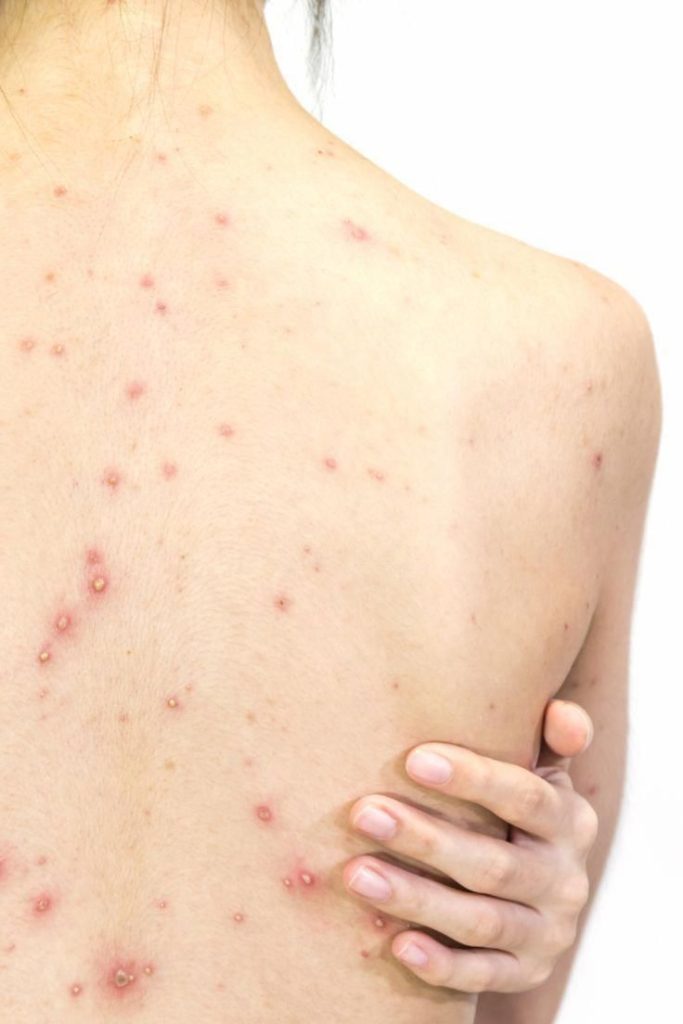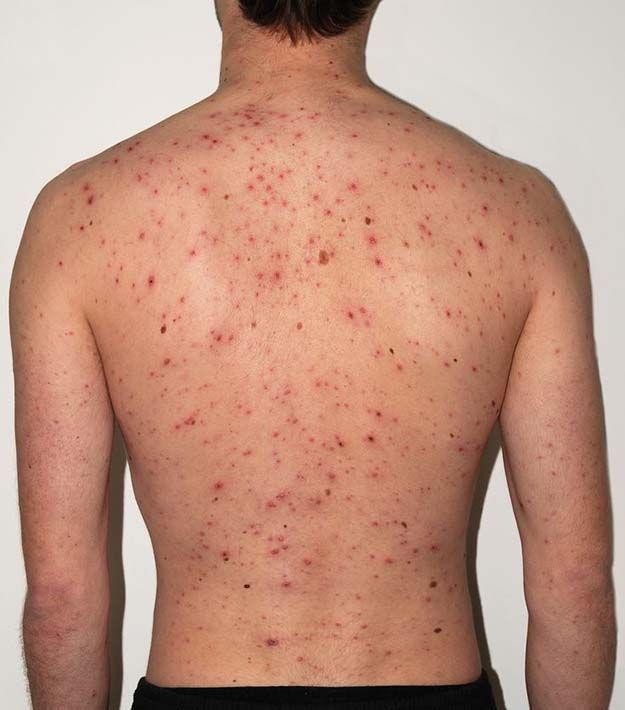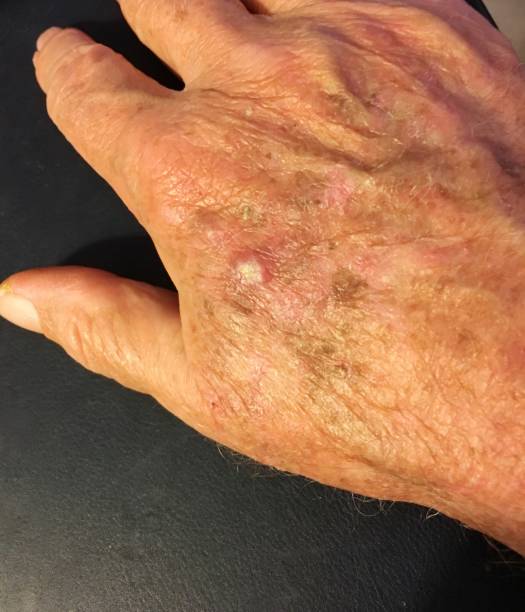Actinic Keratosis
Actinic Keratosis Treatment by Dr. Khilji Faisal Arif – Trusted Dermatologist in Karachi
Don't Ignore Rough, Scaly Patches on Your Skin — Get Expert Evaluation & Care at Dr. Khilji Faisal-The Skin Clinic, DHA Karachi.
Struggling with Sun-Damaged Skin in Karachi's Harsh Climate?
Karachi’s intense sun exposure can take a serious toll on your skin — especially when it leads to persistent, rough, scaly patches on areas like the face, scalp, arms, or hands. These could be signs of actinic keratosis—a precancerous skin condition that requires prompt attention. If you’re concerned about sun damage, early diagnosis and management by an
experienced dermatologist can help prevent complications.
What Is Actinic Keratosis?
A Common Precancerous Condition Caused by Chronic Sun Exposure
Actinic keratosis (AK), also known as solar keratosis, typically appears as rough, scaly, red or pink patches on sun-exposed parts of the body — such as the face, scalp, chest, forearms, and legs. These patches may feel tender, dry, or itchy, and are most common in adults who have had long-term sun exposure.
Though not all actinic keratoses become cancerous, a small percentage can develop into squamous cell carcinoma, a severe form of skin cancer. That’s why timely treatment and monitoring are critical.
Common Causes of Actinic Keratosis
- Chronic sun exposure over the years
- Fair skin types are more prone to UV damage
- Outdoor lifestyles or jobs in Karachi’s intense sunlight
- History of sunburns or tanning bed usage
The harsh UV index in cities like Karachi increases the risk of developing AK, especially without proper sun protection.
Early Detection = Better Outcomes


Why You Should See a Dermatologist for Rough, Sun-Damaged Skin
Dr. Khilji Faisal Arif, a leading dermatologist in Karachi, emphasizes the importance of clinical evaluation and accurate diagnosis through a dermatological exam and skin analysis. Based on your symptoms and condition, the appropriate treatment plan will be created.
At The Skin Clinic, Zamzama DHA Phase V, Karachi, you will receive expert care tailored to your skin’s needs — helping you treat existing lesions and reduce your future risk.
Medical Dermatology



Actinic Keratosis Treatment Options at The Skin Clinic
Treatment for actinic keratosis is designed to remove or destroy the abnormal skin cells and may include:
- Cryotherapy (freezing the lesion using liquid nitrogen)
- Topical skin treatments prescribed by a dermatologist
- Photodynamic therapy (PDT)
- Laser skin resurfacing
- Surgical removal or curettage for stubborn patches
Treatment is selected based on the number, location, and severity of lesions. Dr. Khilji Faisal will recommend the most suitable approach after examining your skin and reviewing relevant tests.
Prevention Tips from Dr. Khilji Faisal
How to Reduce Your Risk of Actinic Keratosis
Preventing AK starts with sun safety habits, especially in Karachi’s sunny climate. Here’s what you can do:
- Apply broad-spectrum sunscreen (SPF 30 or higher) every day
- Wear sun-protective clothing, hats, and sunglasses outdoors
- Avoid direct sun during peak UV hours
- Schedule regular skin checkups with your dermatologist
Why Choose Dr. Khilji Faisal Arif for Actinic Keratosis Treatment in Karachi?
Dr. Khilji Faisal is a trusted name in dermatology with years of experience in
diagnosing and treating precancerous skin lesions. His holistic, patient-centric
approach ensures that you receive personalized, effective care in a safe and
supportive environment.
He is known for:
- Accurate diagnosis through clinical dermatological assessments
- Advanced, minimally invasive treatment options
- Focus on long-term skin health and cancer prevention
- Practicing at The Skin Clinic, Zamzama, DHA Phase V, Karachi
What are the early signs of actinic keratosis?
Look for rough, scaly, red or pink patches on sun-exposed skin that may itch or feel dry.
Is actinic keratosis dangerous?
While not all AKs become cancerous, some can turn into squamous cell carcinoma if left untreated. Early diagnosis is key.
Can actinic keratosis be prevented?
Yes — regular use of sunscreen, sun-protective clothing, and avoiding direct sunlight can help prevent it.
Where can I get treated for actinic keratosis in Karachi?
Visit Dr. Khilji Faisal Arif at The Skin Clinic, Zamzama DHA Phase V, Karachi for expert diagnosis and care.
